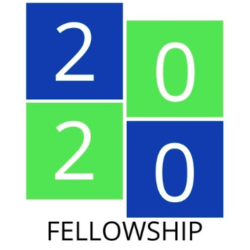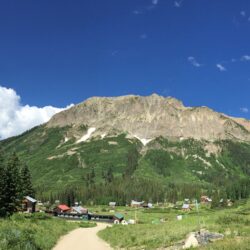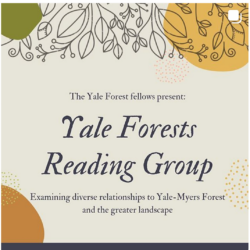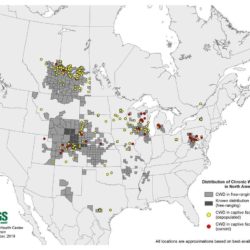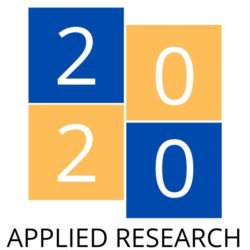Recording of Western Resources Fellow Presentations – Part 1
Hello everyone! Please click here to view the recording of presentations by 6 of our 2020 Western Resources Fellows. Each fellow presentation is about 10 minutes and below is the line-up: Abbey Warner Groundwater Conservation Easements in Southwest Colorado Margot Buckelew In-stream Flows in Colorado: Establishment and Opportunities Damaris Chenoweth Modeling Recovery of Big Sagebrush Read more about Recording of Western Resources Fellow Presentations – Part 1[…]

